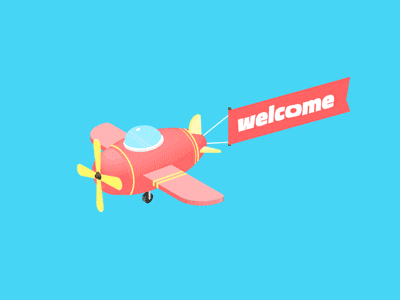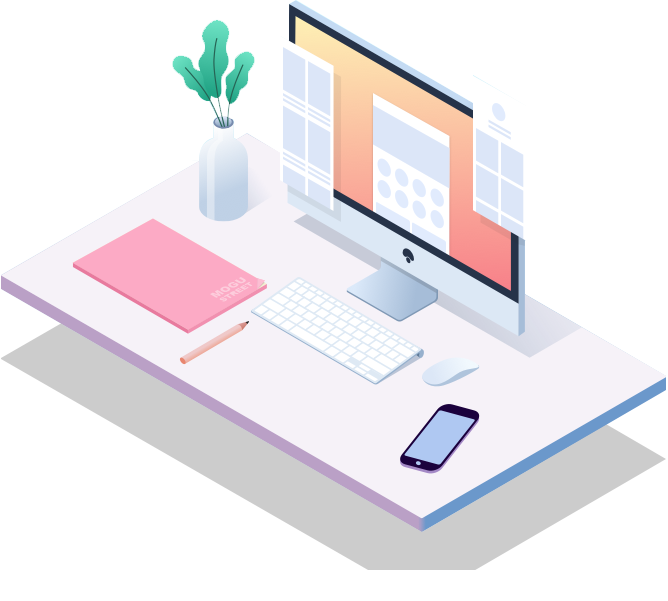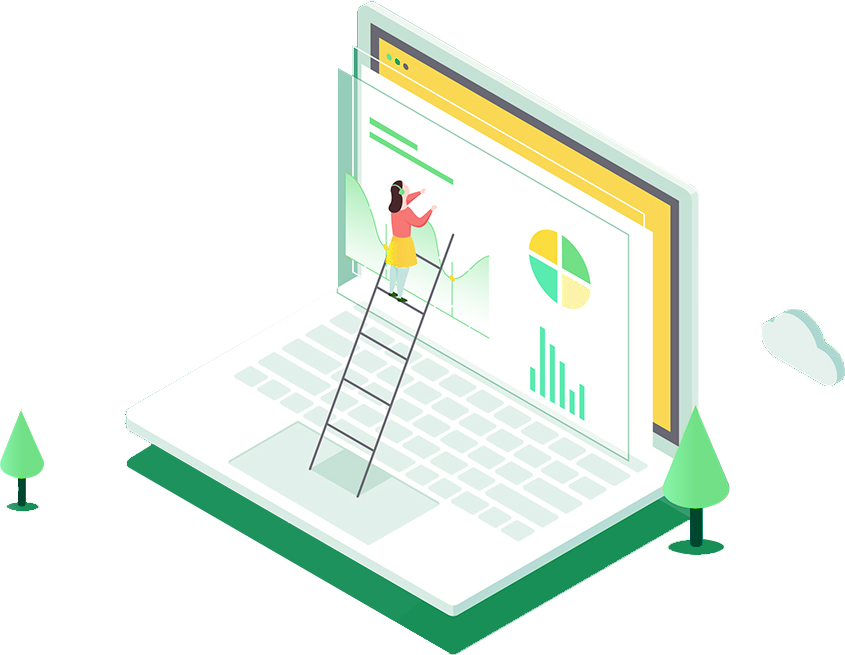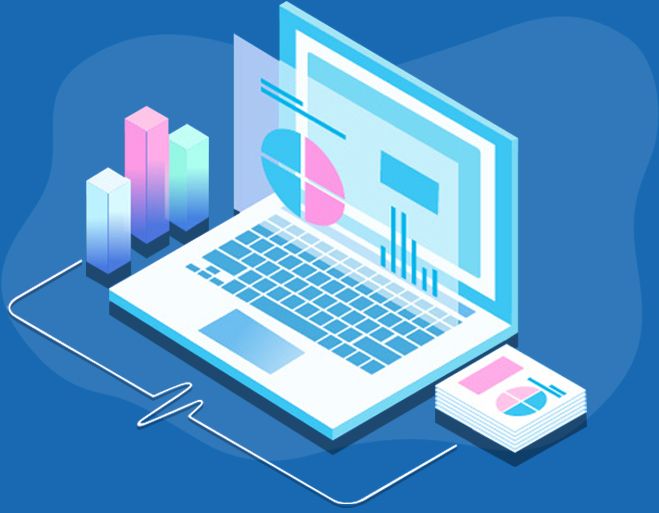There are many ways to use texture in website design. If you want to adopt a more modern method and follow some simple rules, you will gain more knowledge about the background. Here are some tips to help you better use texture backgrounds only in your web design.
1、 Eliminate complexity and save simplicity
A proper background texture may not even cause too much attention of users. It should be an almost invisible element, but it contributes to overall readability and usability while providing depth or visual reference points. For this, using a simple and low-key background texture is the perfect way.
At the end of last year, GitHub used a simple black background with white dots in its website design for the Universe Conference. Creating a night sky effect not only conforms to the theme, but also makes it easy to find logo and event information with interesting gradient changes. Simple background textures often use some small or compact repeating patterns, and there is no too much restriction on color selection. The main idea is that these background textures are not the focus, they help shift attention to the rest of the design.
2、 Audacity
Maybe keeping a low profile is not suitable for the project you are currently working on. If so, choosing a large and bold background texture or mode may better meet your current needs.
These unconventional designs tend to use more promising text or user interface elements. Using this type of background texture may become tricky, because creating a nearly invisible tiling mode will prevent users from focusing too much on the background and making it the focus of the whole design. In this regard, many factors may need to be considered. In order to ensure that your super large background texture can play a better role, please pay attention to analyze the user's habits and make corresponding changes. The sharp decrease in traffic or conversion rate indicates that your visual expression is not well accepted by users.
3、 Combine design trends
The background texture with popular design trends can make your design feel super modern and fresh. The use of geometric figures has almost become the mainstream visual expression in web design, which also explains why Apacio's website is so attractive. In a dark background, even if brightly colored geometric figures are mixed together, they can create a good texture effect and depth, helping users focus on large text and call operations, because these elements contrast with the background. Text - simple sans serif fonts - seems to be far superior to green shapes. The layering of textures also contributes to this overall effect. Notice that the dark elements in the background distinguish the bright elements by two different layers of elements.
4、 Using Images
The background texture does not have to be a generic element downloaded from the material site. Some good background textures can be combined with images related to brands or main messages to increase visual interest and participation. The trick is how to effectively fade the image into the background.
In the above example, Oxeva has adopted a very effective way in its website design: it reduces the light and shade of the photo so that the background image is only visible in the rough outline. By using bold colors and special font processing, the image displayed in the foreground is more natural and attractive. The whole picture is blurred, but some important details are given clear and recognizable details, so that the primary and secondary levels come out.
5、 Use color to emphasize change
This is a bold texture element that creates fonts or shapes by mixing similar colors or matching corresponding colors and tones. Color changes, even in a very similar range, can create depth and visual hierarchy.
The use of fonts creates a grand background texture with an interesting visual combination and color matching. Even if no excessive techniques such as gradient or shadow are used, the depth and balance of the glyph can help attract the attention. The color in the background will set off the main title to play an important role.
6、 Gradient change
Gradient is fashionable and visually attractive. When using gradient as background texture, you can use it alone or use a photo to achieve layered effect. This is true for almost all color combinations, so it is not difficult to use gradients to create textures and depths.
You can find a gradient combination you like in webgradients. If you have no time to plan gradient combination options. Mobipad uses multi red gradient mode in its website design, and subtle background gradient to create depth and texture. The illustration animation in the foreground will almost disappear from the gradient, while dark action calls make them easy to see. The lighter and darker spaces in the gradient texture help users move in the design.
7、 Dynamic
Although many techniques focus on static background elements, there is no rule that the background cannot be dynamic. To make full use of this background texture, the motion should be subtle, so that it does not affect the main image or message passing. Including more simple or subtle palettes, such as the Latvian Alphabet case above, is also a good choice. Dynamic effects can be moving, twisting, rotating, or video elements. Moving is a good way to attract users' attention. Make full use of the animated background texture to ensure that this action will not interfere with the foreground elements of the design.

A good background texture can help add depth and visual interest points to the overall web design. Although many designers still use a flatter background - such as a single color - adding texture tips can make your project stand out. One of the key techniques for using textures is that they must be subtle and actually fall into the background so that foreground elements can be easily read and understood.














